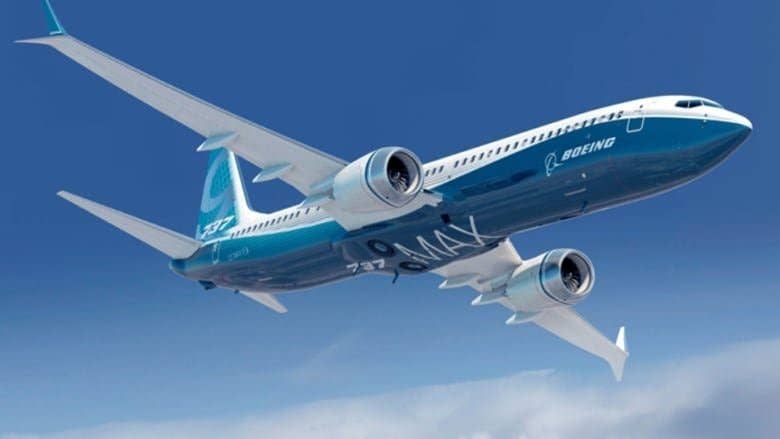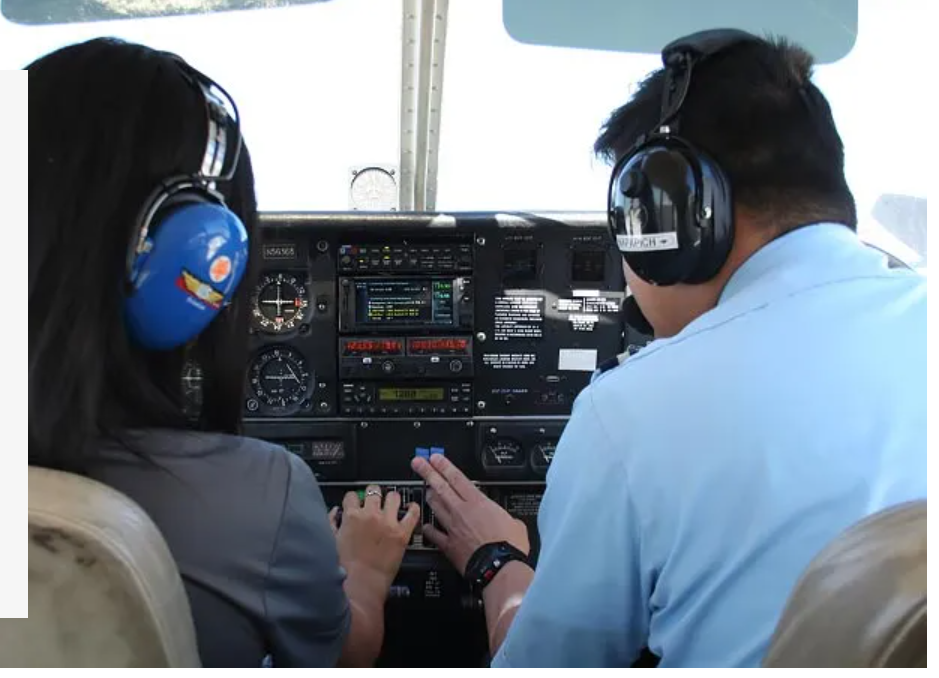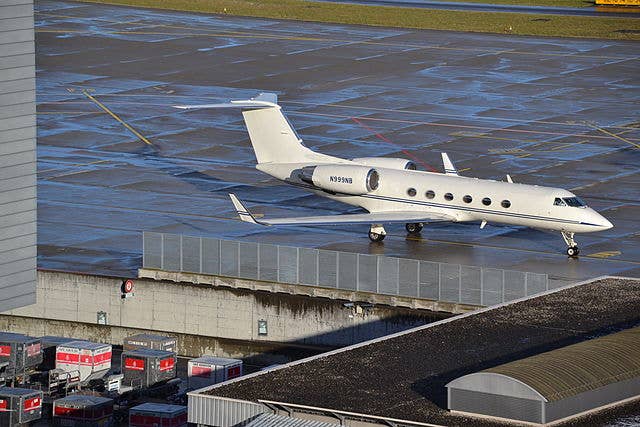Boeing Faulted, Not the Pilots: Two Prelim MAX Reports Released
Both the Ethiopian aviation authority and the U.S. House of Representatives have unloaded on Boeing this week in dual preliminary reports published just short of the one-year anniversary of the…

Image: Boeing
Both the Ethiopian aviation authority and the U.S. House of Representatives have unloaded on Boeing this week in dual preliminary reports published just short of the one-year anniversary of the second MAX crash that set its grounding in motion. The Ethiopian report largely exonerated Flight 302’s flight crew while the House report laid out five key investigative themes that included Boeing’s production pressures, faulty assumptions made in development of the MAX, a “culture of concealment” inside Boeing, conflicts of representation and the influence Boeing held over the FAA in the certification process.
In the Ethiopian preliminary report, the investigators say little about the actions of the crew, which was composed of a 29-year-old captain with 8,122 total hours, 1,417 as PIC of the 737-800 series and 103 hours in the MAX, and a first officer with 361 total hours and 207 in the B-737, all the MAX variant. While most of the narrative is well known, the Ethiopian investigators focused on the mechanical condition of the MAX and information from the flight-data and cockpit-voice recorders. Although MCAS activation was not a tracked parameter in the flight data, its actions can be determined by other sources; the report confirms that MCAS activated after the failure of one angle-of-attack probe. The crew, fighting nose-down pitch trim with around 94 pounds of force for much of the flight, momentarily turned off the electric pitch trim (disabling MCAS) but was unable to manually put in enough trim to stabilize the flight. When the crew reenabled the electric pitch trim system, MCAS went back to work and continued to drive nose-down trim.
Among the findings in the Ethiopian report, “The difference training from B737NG to B737 MAX provided by the manufacturer was found to be inadequate. The AOA Disagree message did not appear on the accident aircraft as per the design described on the flight crew operation manual. [The] AOA failure detection feature of the [air-data computer] did not detect the erroneous AOA from the left AOA sensor because it only considers the value to be erroneous when the AOA value is outside the physical range.” As a result, the pilot was never given speed warnings on his primary flight display. In addition, the Ethiopian authorities stated that “[The MCAS design [relies] on single AOA inputs made it vulnerable to undesired activation.” The report concludes that “specific failure modes that could lead to uncommanded MCAS activation, such as an erroneous high AOA input to the MCAS, were not simulated as part of the functional hazard assessment validation tests. As a result, additional flight deck effects (such as IAS DISAGREE and ALT DISAGREE alerts and stick shaker activation) resulting from the same underlying failure (for example, erroneous AOA) were not simulated and were not documented in the stabilizer trim and auto flight safety assessment."
For its part, the House Transportation Committee concluded that “Boeing’s design and development of the 737 MAX was marred by technical design failures, lack of transparency with both regulators and customers, and efforts to obfuscate information about the operation of the aircraft. During development of the 737 MAX, Boeing engineers raised safety concerns about MCAS being tied to a single AOA sensor. Another Boeing engineer raised concerns about not having a synthetic airspeed sensor on the 737 MAX.”
“Our Committee’s investigation will continue for the foreseeable future, as there are a number of leads we continue to chase down to better understand how the system failed so horribly. But after nearly 12 months of reviewing internal documents and conducting interviews, our Committee has been able to bring into focus the multiple factors that allowed an unairworthy airplane to be put into service, leading to the tragic and avoidable deaths of 346 people,” Chair Peter DeFazio, D-Ore., said. “As we release this report to lay out our findings to date, my thoughts are with the families of the victims. Our search for answers continues on their behalf and for everyone who boards an airplane. The public deserves peace of mind that safety is always the top priority for everyone who has a role in our aviation system.”
Boeing and the airlines generally seem to feel that the MAX will be cleared to fly in June or July, with mothballed aircraft returning to service over the summer. What the summer travel season looks like will depend on progression of the coronavirus (COVID-19) epidemic. Already, airlines around the world are cutting flight schedules as customers stay home, and management is carefully weighing the impact of bringing new aircraft into the fleet at such a time. It has been suggested that just as Boeing needs airlines to accept delivery of the MAX, they’ll not be in a financial position to do so. Boeing stock, which had begun a partial recovery from to almost $350/share in early February, fell alongside the overall stock market to $220/share today amid news that it’s expected to announce no new sales in January. Boeing’s share slide is currently outpacing the general market concern, however.






